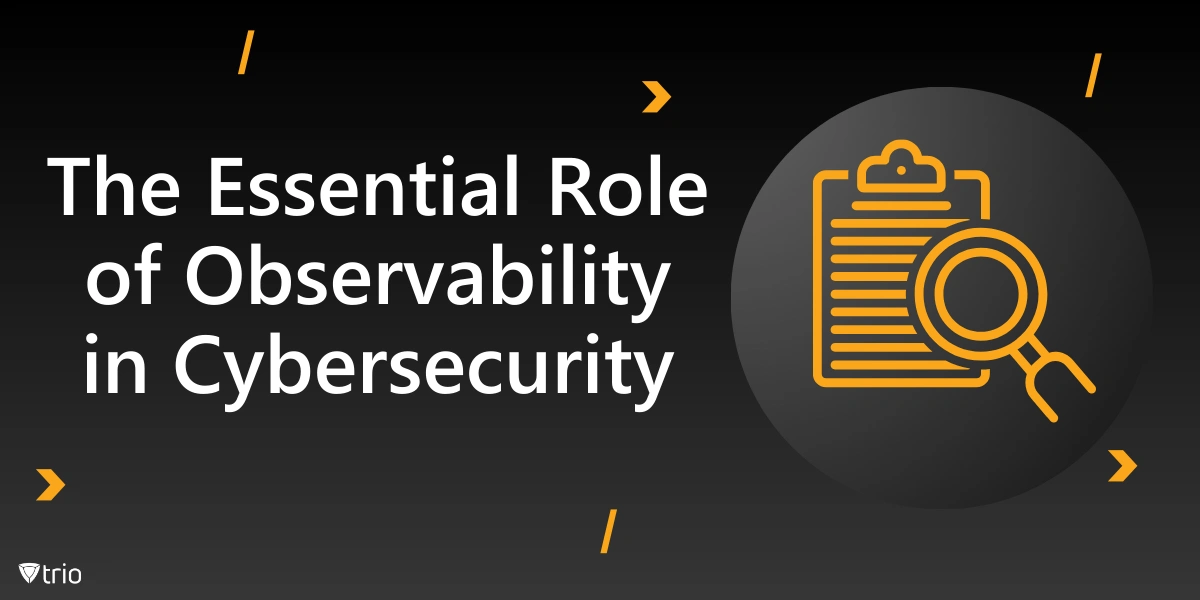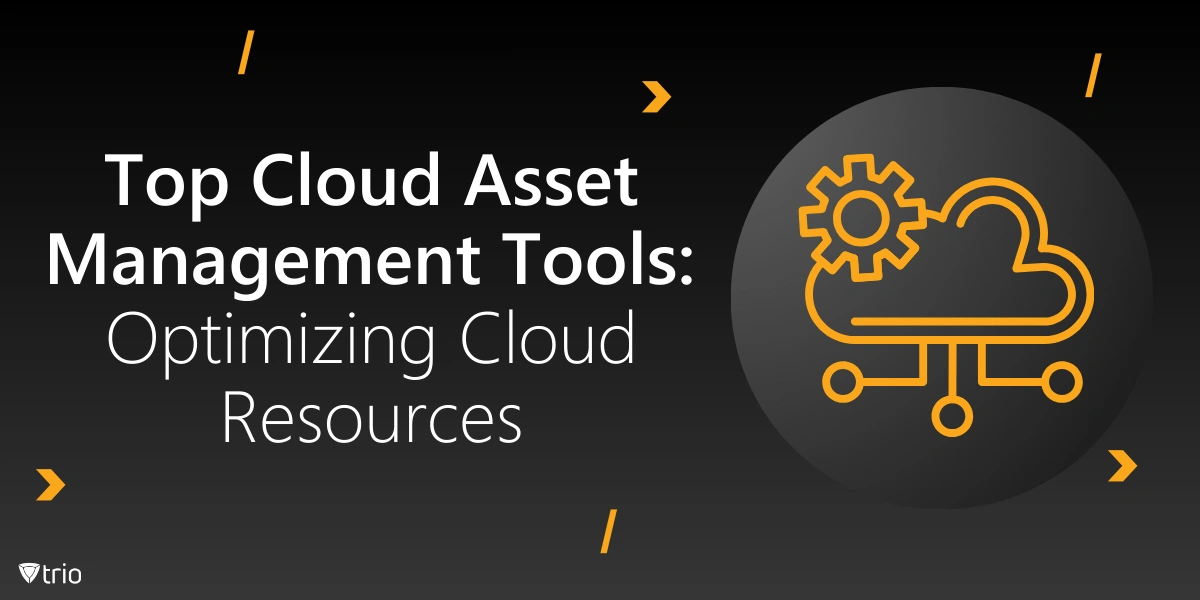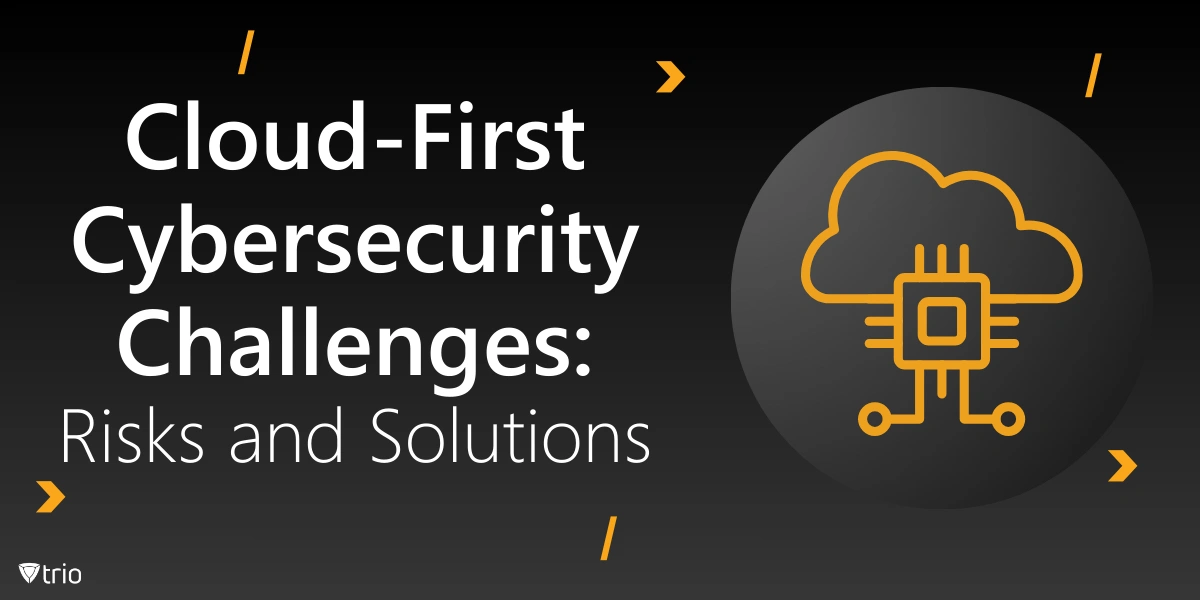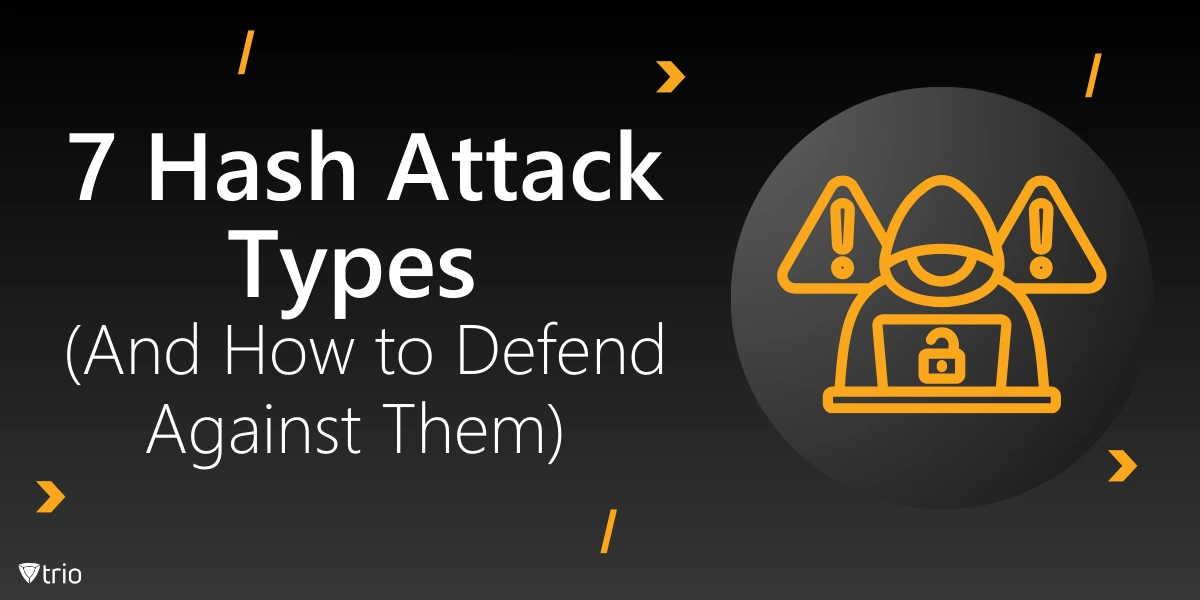In cybersecurity, understanding system behavior is crucial to identifying, managing, and mitigating threats. Traditional monitoring has limitations, offering snapshots of activity without contextual insights. Observability, however, delves deeper, enabling organizations to understand not only what happened, but why it happened and how systems interact. This comprehensive approach to cybersecurity enhances threat detection and response by providing visibility into complex infrastructures, a necessity as modern cyber threats grow more sophisticated.
In this blog, we’ll explore the fundamental concepts of observability in cybersecurity, its benefits, key components, popular tools, best practices, and practical steps to develop an observability strategy.
What is Observability in Cybersecurity?
Observability in cybersecurity refers to the practice of gathering data from all parts of an IT infrastructure to monitor, troubleshoot, and optimize system performance. With observability, security teams can analyze the internal states of a system based on outputs, helping identify the root cause of incidents in real time. Observability goes beyond traditional monitoring by offering in-depth insights, allowing teams to understand both known and unknown threats.
Importance of Observability in Cybersecurity
Observability enhances IT asset management and cybersecurity by providing continuous, real-time data, offering multiple benefits:
- Improved Threat Detection: With comprehensive data and insights into system behavior, observability helps detect unusual activity that could indicate potential threats.
- Rapid Incident Response: Observability enables teams to trace the source of incidents quickly, reducing the time it takes to identify, isolate, and mitigate threats.
- Enhanced Compliance: Many regulations require organizations to maintain visibility and trackable records of data and system activity. Observability supports compliance by offering data-rich records.
- Operational Efficiency: Observability empowers IT and security teams to detect performance issues proactively, minimizing downtime and improving user experience.
- Proactive Cybersecurity Posture: Instead of reacting to threats after they happen, observability provides the insights needed to anticipate and prevent potential attacks.

Key Components of Cybersecurity Observability
For effective security observability, several core components are needed. Each plays a distinct role in delivering comprehensive visibility across systems:
- Logs: Logs provide records of system events. In cybersecurity, logs are crucial for detecting patterns and investigating incidents. They enable analysts to trace activities, understand user actions, and see the sequence of events leading up to an incident.
- Metrics: Metrics measure the performance of systems, providing quantifiable data on factors like CPU usage, memory, and network traffic. Metrics are essential for tracking performance anomalies that could signal an attack.
- Traces: Traces follow requests as they travel through an entire system. In cybersecurity, traces help pinpoint specific weaknesses by tracking the lifecycle of requests, making it easier to detect and correct vulnerabilities.
- Events: Events represent changes or alerts triggered by specific activities, such as login attempts, file access, or permission changes. Event data helps detect potential breaches by highlighting unusual behaviors.
- Topology and Dependencies: Observability requires a clear understanding of how systems interact. Mapping out dependencies and topologies helps security teams recognize weak points and potential attack paths.
Implementing Observability in Cybersecurity: Key Steps
Achieving effective observability requires careful planning, a well-defined strategy, and a systematic approach. Here are the essential steps:
- Define Goals and Objectives: Identify your organization’s key cybersecurity goals, including which systems need observability and what data should be collected. Clear objectives provide a foundation for building an observability strategy aligned with security needs.
- Select Appropriate Tools: Choose tools that align with your observability needs, infrastructure, and budget. Whether you use an all-in-one platform like Splunk or an integrated stack like ELK, ensure that your tools cover logs, metrics, traces, and events.
- Collect Comprehensive Data: Observability requires data from every part of your infrastructure. Implement data collection for logs, metrics, traces, and events across applications, networks, and endpoints to gain a full picture of your environment.
- Implement Real-Time Alerts: Configure alerts that trigger when unusual activity is detected. Alerts are essential for enabling real-time responses to potential incidents, allowing your security team to act before issues escalate.
- Visualize Data for Insights: Visualize data using dashboards to make patterns and anomalies easy to identify. This visual representation allows analysts to quickly spot trends and understand the underlying context of security events.
- Automate Where Possible: Automation can improve observability by ensuring continuous data collection, analysis, and alerting without manual intervention. Automation is especially beneficial for large organizations with extensive infrastructures.
- Continuously Review and Update: Cybersecurity threats evolve, and so should your observability practices. Regularly review and update your observability processes to align with emerging threats and business needs.
Best Practices for Effective Cybersecurity Observability
Adopting observability in cybersecurity requires more than just implementing security observability tools. Here are best practices that enhance observability in an organization:
- Centralize Data Collection: By centralizing data from multiple sources into one location, organizations can gain a unified view of their infrastructure, making it easier to detect and respond to threats.
- Focus on Context: Data alone is not enough. Ensure that observability tools provide context, such as metadata or time stamps, which make it easier to understand and act on the information.
- Enable Collaboration Between Teams: Observability benefits both IT and security teams. By encouraging collaboration, organizations can gain deeper insights, improve incident response, and streamline communication.
- Prioritize Security Compliance: Observability supports compliance by tracking data access and system activity. Regularly review observability practices to ensure they align with regulatory standards.
- Invest in Training: Observability tools are only as effective as the people using them. Provide regular training for security teams, ensuring they understand how to use observability data effectively.
Common Cybersecurity Vulnerabilities Observed in Control System Assessments
To understand how observability works in action, consider the following scenarios:
- Threat Detection in a Financial Institution: In a bank, observability tracks data across multiple systems to detect unusual login activity, such as access from unfamiliar IP addresses. Real-time alerts notify security teams of potential fraud, enabling quick intervention.
- Healthcare Data Security: In a healthcare setting, observability allows security teams to monitor who accesses patient records. If an unauthorized user attempts to view sensitive data, observability tools can flag the activity, helping the institution comply with HIPAA requirements.
- E-commerce Fraud Prevention: An e-commerce platform uses observability to monitor transactional data in real-time. If the system detects a large number of transactions from a single account, an alert triggers, allowing the security team to investigate for potential fraud.
Each example illustrates how observability contributes to stronger security through continuous monitoring and real-time insights.
Conclusion
Observability has become a crucial component in cybersecurity, transforming traditional monitoring by offering deep insights and real-time visibility into system behavior. Through logs, metrics, traces, and events, organizations can detect threats more effectively, respond to incidents faster, and maintain robust security postures. When integrated with the right tools and best practices, observability supports compliance, boosts operational efficiency, and enables a proactive defense against sophisticated cyber threats. Embracing observability means not just knowing when something goes wrong but understanding why, allowing for a more resilient and secure digital environment. Strengthen your security strategy with Trio’s comprehensive Mobile Device Management solution, enabling real-time monitoring and proactive incident response for your cybersecurity needs. Try out Trio’s free trial now.
Know about news
in your inbox
Our newsletter is the perfect way to stay informed about the latest updates,
features, and news related to our mobile device management software.
Subscribe today to stay in the know and get the most out of your mobile
devices with our MDM solution app.
Recent Posts

The Essential Role of Observability in Cybersecurity
Explore the significance of observability in cybersecurity. Learn how observability tools, real-time data, and best practices help protect against modern cyber threats.
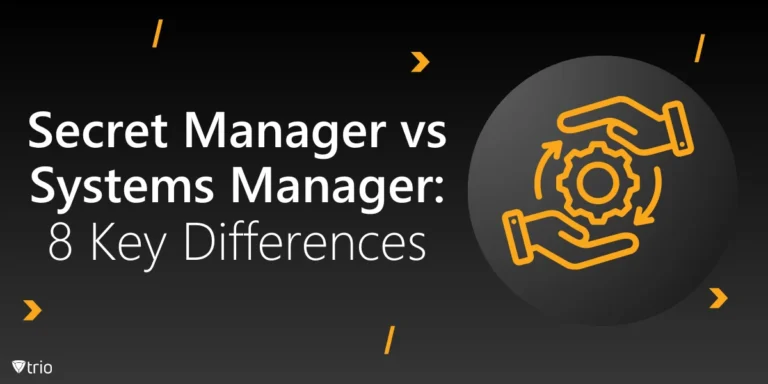
Secret Manager vs Systems Manager: 8 Key Differences
Wondering about Secret Manager vs Systems Manager? This blog breaks down 8 crucial differences to help you select the right AWS tool for your needs.
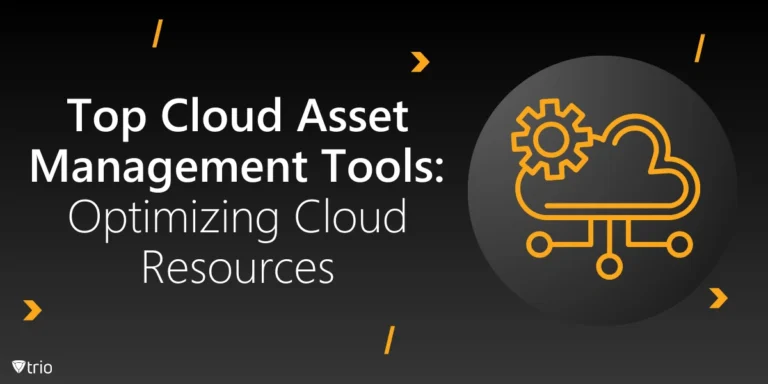
Top Cloud Asset Management Tools: Optimizing Cloud Resources
Discover essential cloud asset management tools to optimize your cloud infrastructure, reduce costs, and enhance security.
